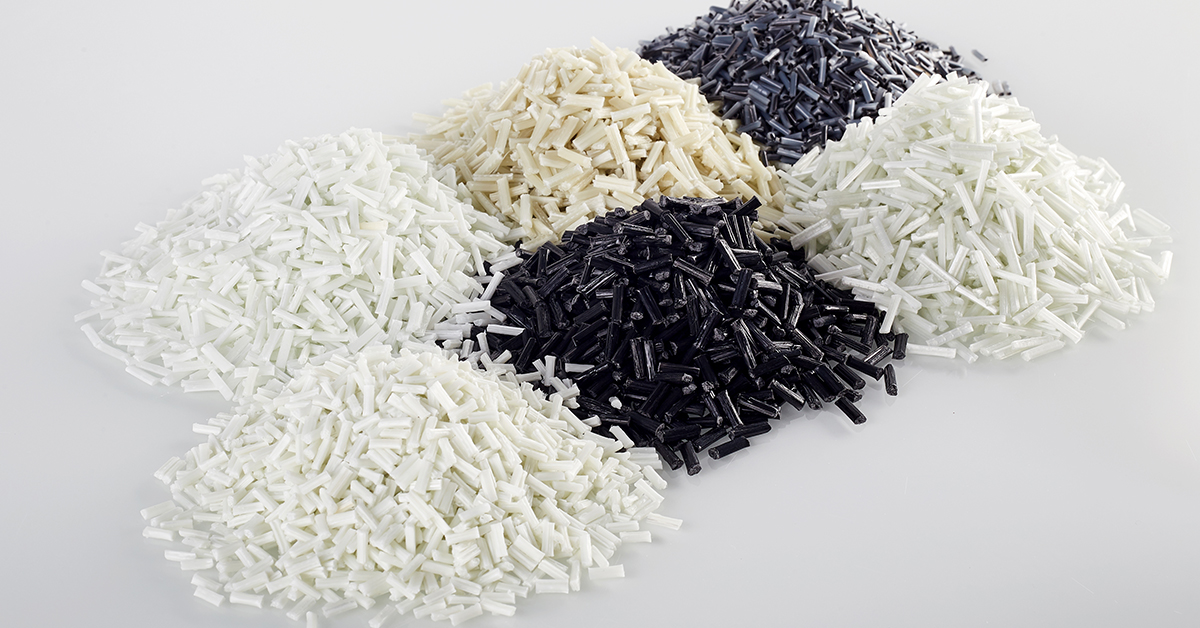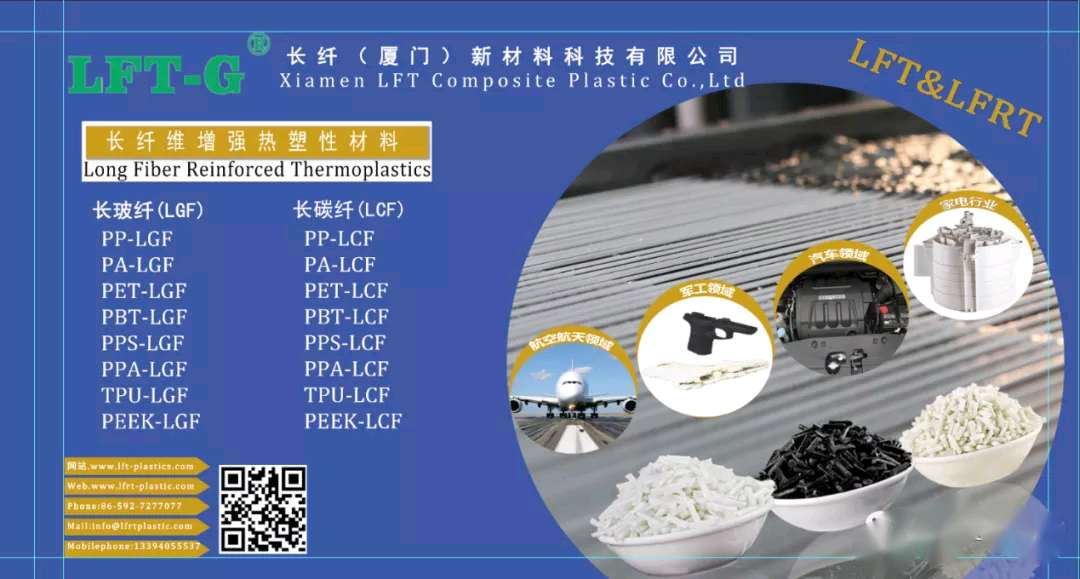новый блог

Молекулярная структура ППС состоит из бензольного кольца и взаимно расположенных атомов серы, конфигурация упорядочена, легко формируется высокая термическая стабильность кристаллической структуры. В то же время молекулярная структура материала ППС имеет очень стабильные характеристики химической связи, структура бензольного кольца делает ППС более жестким, а связь эфира серы (-S-) обеспечивает определенную степень гибкости.
ППС сам по себе обладает хорошей термостойкостью, огнестойкостью, химической стойкостью и должен быть многообещающим материалом, но у чистого ППС есть некоторые проблемы:
Немодифицированный PPS имеет некоторые неизбежные дефекты:
Сложная обработка: это самая большая проблема среди всех материалов, устойчивых к высоким температурам: высокая температура обработки, независимо от процесса формования или энергопотребления при обработке, столкнется с серьезными проблемами. Кроме того, ППС по-прежнему склонен к сшивке при термическом окислении в процессе плавления, что приводит к снижению текучести и дальнейшему усложнению обработки;
Плохая прочность: молекулярная цепь PPS жесткая, максимальная кристалличность достигает 70%, удлинение низкое, а прочность сварки не очень хорошая. В результате ударопрочность немодифицированного ППС низкая, что ограничивает область применения.
Высокая стоимость: по сравнению с сырьем PPS и общетехническими пластиками цена примерно в 1-2 раза выше, а некоторые модифицированные материалы по сравнению с низкими затратами;
Сложное покрытие: химическая стойкость, средняя стойкость также является палкой о двух концах, покрытие поверхности PPS и характеристики окраски не идеальны. Хотя на данный момент это не является серьезной проблемой, это является ограничивающим фактором.
Немодифицированный PPS трудно применять, поэтому, если его нужно модифицировать, какое направление следует изменить?
В последние годы, с ростом популярности 5G и электромобилей, применение модифицированных PPS постоянно расширяется, таких как кронштейн аккумулятора, крышка, диафрагма литиевой батареи, коммуникационное оборудование 5G, интеллектуальный терминал и так далее.
Укрепление и ужесточение
ППС в настоящее время в основном за счет наполнителя волокна и сплава двумя способами улучшения механических свойств.
В дополнение к обычному армированию стекловолокном, углеродное волокно, арамидное волокно и другие наполнители также постепенно становятся популярной системой модификации.
Модификация с низкой диэлектрической проницаемостью
Для улучшения диэлектрических свойств материалов в настоящее время обычно используют способ смешивания сплавов. Например, PPS/LCP, согласно исследованиям, система сплавов может иметь частоту 1 МГц, оптимальную диэлектрическую проницаемость до 2,5.
Помимо сплавов, одним из возможных методов является использование низкодиэлектрического наполнителя. Наполнители, такие как полые стеклянные шарики и стекловолокно с низкой диэлектрической проницаемостью, также могут эффективно снизить диэлектрическую проницаемость композитов PPS.
Согласно исследованиям, экструзионное формование может снизить диэлектрическую проницаемость ниже 3, а электрические характеристики стабильны в пределах 40-120°С. Кроме того, прочность и диэлектрические свойства композитов можно дополнительно улучшить за счет обработки поверхности.
Модификация теплопроводности
В сценариях применения аккумуляторов для транспортных средств с новой энергией или высокочастотной сети 5G не только требуется хорошая термостойкость материалов, но также выдвигаются определенные требования к теплопроводности. Однако теплопроводность самого PPS низкая, обычно ниже 0,5 Вт/(м·К).
В настоящее время основное использование металлических и неорганических наполнителей осуществляется двумя способами. Металлический наполнитель может улучшить теплопроводность, но также снизить изоляционные характеристики.
Неорганические наполнители, включая оксиды, нитриды, углеродные материалы и т. д. PPS/оксид магния является основным выбором, который может увеличить теплопроводность материала до 1,61 Вт/(м·К);
Нитрид более сложен по приготовлению и технологии, но и обладает более высокой теплопроводностью. Теплопроводность композита с 40% нитридом бора может достигать 4,15 Вт/(м·К).
Графен, УНТ и другие углеродные материалы также являются выбором для модификации теплопроводности PPS. Можно достичь хорошего баланса между количеством добавки и теплопроводностью. Например, теплопроводность композита может достигать 4,414 Вт/(м·К) при объемной доле графена 29,3%.
Модификация композитной мембраны
Для рынка диафрагм литиевых батарей также применяется PPS.
Раньше обычно используемым материалом диафрагмы был полиолефин, но инфильтрация электролита и термическая стабильность полиолефиновых материалов относительно плохие, и при высокой температуре легко вызвать усадку и плавление.
Химическая стойкость и термостойкость материала ППСтакже имеют некоторый потенциал для модификации. В настоящее время основным методом является покрытие поверхности диафрагмы PPS для изготовления композитной диафрагмы.
Этот метод постепенно стал применяться от академических исследований к промышленности. В качестве основного материала используется нетканый материал ППС, а в качестве материала покрытия – ПВС. После физического покрытия, сушки и горячего прессования изготавливают композитную диафрагму из нетканого литиевого аккумулятора PVS/PPS.
По сравнению с традиционными полиолефиновыми мембранами, PVS/PPS может гарантировать лучшую смачиваемость, хотя толщина увеличена, а удельная пропускная способность выше, чем у полиолефиновых мембран.

Технические эксперты круглосуточно онлайн, чтобы предоставить вам услуги.